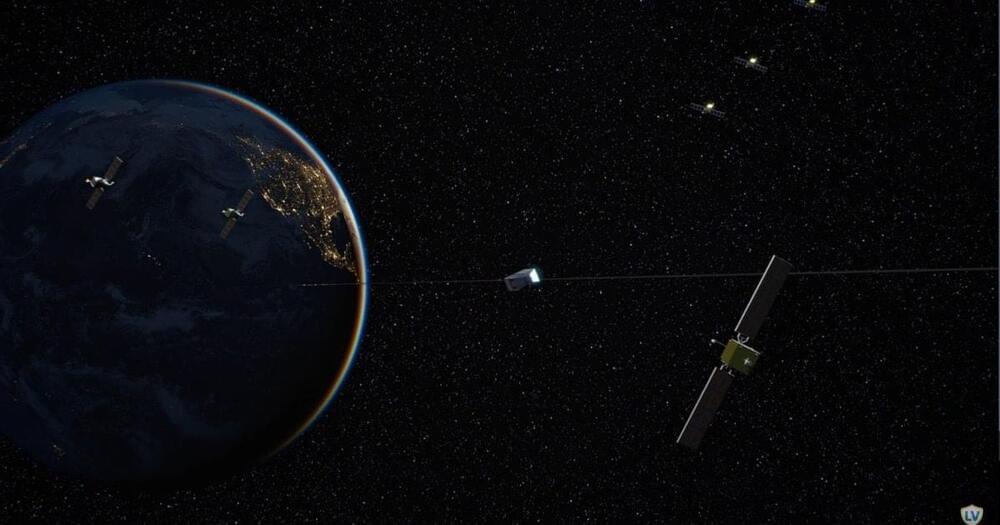The material of the future could make an imaginative concept of the past real.
Brief history of the space elevator
Like most time-honored revolutionary ideas for space exploration, the space elevator can be traced to Russian/Soviet rocket scientist Konstantin Tsiolkovsky (1857−1935). Considered to be the top contender for the title of the “Father of Rocketry” (the other two being Hermann Oberth and Robert Goddard), Tsiolokovsky is responsible for developing the “Rocket Equation” and the design from which most modern rockets are derived. In his more adventurous musings, he proposed how humanity could build rotating Pinwheel Stations in space and a space elevator.
This proposal was inspired by his visit to Paris in 1,895, where he witnessed the Eiffel Tower for the first time (construction had finished in 1889). From this encounter, Tsiolkovsky conceived of a structure that reached to geostationary orbit (GSO), or an altitude of 36,000 km (22,370 mi). However, Tsiolkovsky’s version of the idea called for a compression structure rather than a suspension one. He also noted that the idea was unrealistic since no known material was strong enough to support the weight of the standing structure.









Comments are closed.